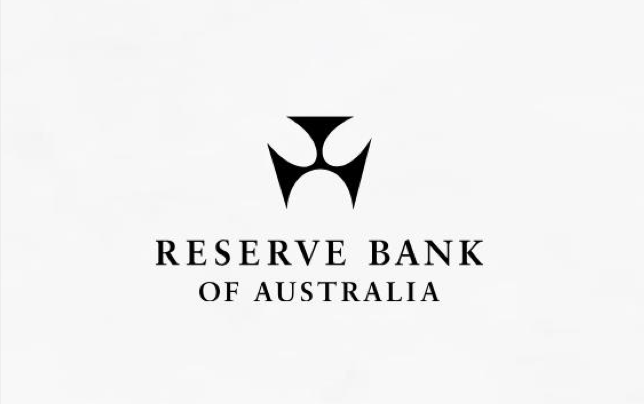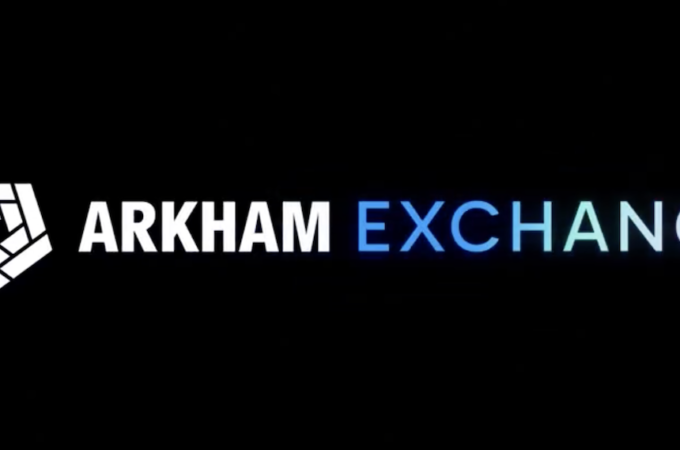3 High-Tech Triats for Success In the Digital Economy
by Dinesh Sharma, Vice President of Digital Economy at SAP
Lately, I have been fascinated by the sharing economy and the opportunities it presents. And for that very reason, I rarely miss a chance to talk to an Uber driver when using the service.
Recently, I rode with a driver who has a passion for coaching kids’ soccer, a vocation that, unfortunately, doesn’t pay very well. So he pays the bills by taking on a second job.
For him, this is the beauty of Uber: When he is ready to work, he turns on his driver-side app, and he’s immediately pulled into a pool of available drivers in his location. Whether he drives for five hours or just one, it’s up to him — his resource availability is his decision.
Uber and other early leaders in digital transformation display three characteristics that convey advantages over others in their industries. These digital leaders are:
 1. Seamless
1. Seamless
Through digital technology, these companies offer a seamless, in-the-moment experience. Luxury products and services usually differentiate themselves through personalized or concierge-level services. However, digital technology can unlock value through the delivery of seamless experiences, processes and access to information across the enterprise.
Using Uber as an example again, the startup reimagined the luxury car service experience by making its automated process seamless. No dispatcher or customer service representative is taking your order — and potentially writing it down incorrectly. That’s what people like about the experience: personalization through automation.
Seamless experiences can be achieved only when processes and the enterprise are connected to partners, things, people and customers. For instance, Airbnb is bringing together all parties on a common transaction network to offer an entirely new experience in finding and fulfilling lodging needs.
This reimagined process is created in the moment, based on the current state of the network ecosystem.
3. Data-Driven
Digital experiences typically rely on sophisticated data analysis and user design to filter through large volumes of information. Rather than presenting all status updates, the application shows only what you need to know now.
Your digital device can simply report the weather forecast, but it also has the capacity to personalize how you relate to that information. The device can sort through your schedule and let you know that you may need an umbrella when you travel to your next meeting.
A Live Business in Action
If we look at these characteristics in the context of a business that can sense what’s happening around it, we can see that there are no central planners involved.
Remember my friend, the Uber driver? In his case, he advertises his availability in the supply pool when he taps on his driver app. Then, demand is automatically connected to Uber’s rider apps that see new supply come online.
If supply does not meet demand, prices go up automatically to even this out.
This all happens seamlessly, via a system that self-corrects based on ubiquitous connectivity and data-driven pricing. It truly is a business that senses what is going on around it and acts appropriately.
This story originally appeared in The Digitalist.





